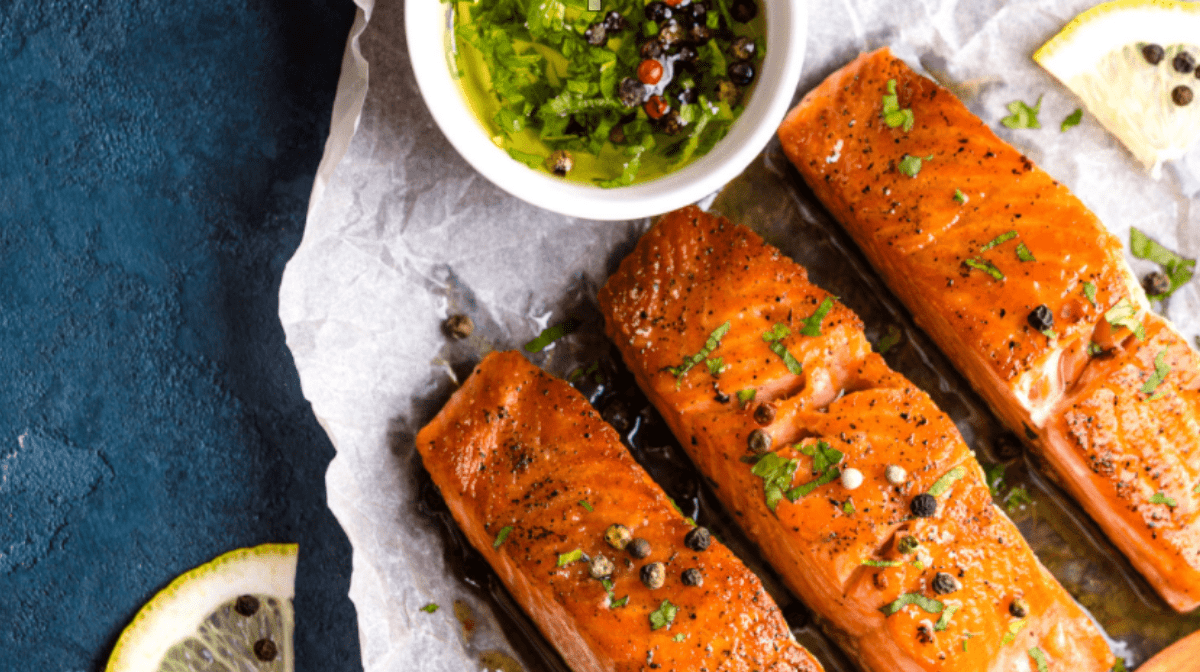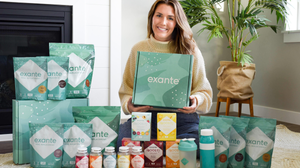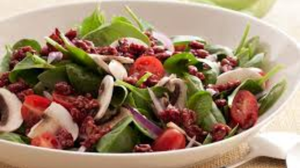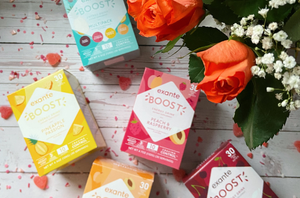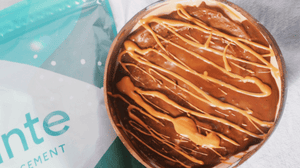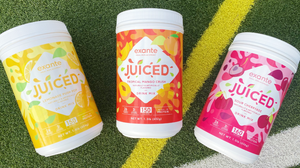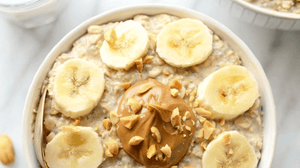
When it comes to natural protein sources, however, not all proteins are created equal. Today I’ll show you why the difference between complete and incomplete proteins matters for your weight loss goals.
First though, what you need to know is that protein is an essential part of any weight loss or fitness program. In order to get sufficient amounts of protein, the protein we take into our bodies should be through both supplementation (such as exante Shakes) and natural foods.
What Is Protein?

Protein is made up of 21 amino acids that are known as the building blocks of life. Of these 20 amino acids, 9 of them are “essential,” which means that they are not made in sufficient amounts by the body and need to be obtained from the food we eat. Amino acids are linked to many aspects of health but for now we are going to focus on sustaining lean muscle and recovering after exercise, here’s why: Sustaining lean muscle and recovering after exercise are extremely important for weight loss because lean muscle burns more calories than fat, this in turn is great for your metabolism.
So as you’re losing weight you want to prevent the loss of lean muscle so that you can keep your metabolism going strong and using up the most calories possible. But before you start reaching for every high-protein food in sight, let me remind you that not all sources of protein are equal, and amino acid content is what separates complete proteins from incomplete proteins.
Complete And Incomplete Proteins
Some proteins are complete, meaning that your body can readily use them for protein synthesis, whereas others are incomplete and by themselves cannot be fully utilized in protein synthesis.
In basic terms, complete proteins sustain lean muscle by themselves and incomplete proteins do not.
So, what makes a complete protein “complete” and an incomplete protein “incomplete”?
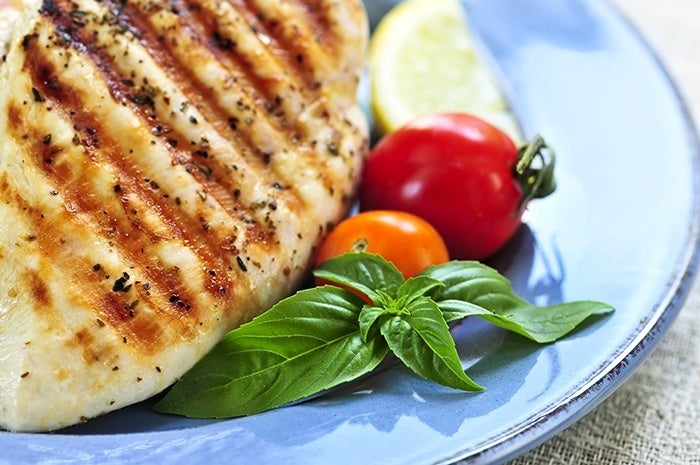
What is a Complete Protein?
Complete proteins contain all nine of the essential amino acids and can be fully utilized by the body during the protein synthesis (this is the process that your body goes through to build or repair your muscle tissue).
Main sources of complete proteins are animal and fish products. Because animal and fish products are complete sources of protein, the body utilizes them efficiently during the process of maintaining lean muscle and strength during weight loss (remember, this is good for your metabolism and means you’re burning more calories!).
Example of complete protein foods:
Eggs
Beef
Milk (milk products)
Fish
Poultry
Pork
Lamb
Yogurt
Cheese
Quinoa
Amaranth
One of the fastest digesting complete proteins is whey protein. Whey protein comes from cows milk and it’s easily absorbed by your body. This is a good thing because it quickly delivers nutrients to your body and muscles.
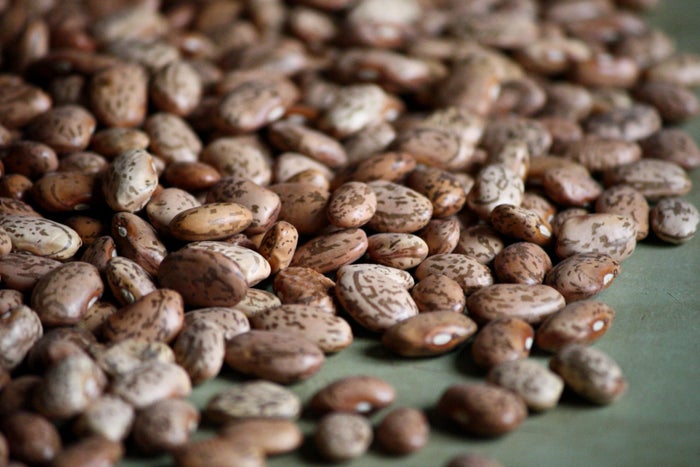
What is an Incomplete Protein?
When incomplete proteins are consumed, the body cannot fully utilize them during protein synthesis.
Incomplete sources of protein are generally found in plant-based foods. However, it is possible to mix two incomplete sources of protein to make a complete protein.
An example of this is mixing rice with beans. Neither one of them has all nine amino acids by themselves, but when mixed together, they form a complete protein.
The key is finding two sources of incomplete proteins that make up enough of each of the nine essential amino acids to form a complete protein.
Example of making incomplete proteins complete proteins:
Yogurt with walnuts
Corn and beans
Brown rice and green peas
Grains with legumes
Nuts with legumes
Legumes with seeds
Green peas
Lentils
Chick peas
There are also many other combinations out there, so get creative by figuring out the amino acid content of other incomplete proteins and combine them to fit into your nutrition plan.
Are you Getting The Protein You Need?
Learning the amino acid content of different incomplete proteins will ensure that you get the full benefits from your protein food sources.
Getting enough of the right protein sources will help you maintain lean muscle during weight loss and reach your ideal shape faster!
Protein is one of my secret weapons I ensure all my clients understand and implement into their nutrition programs. exante Shakes are a simple way to get the complete protein your body needs to lose weight and reach your ideal shape.

